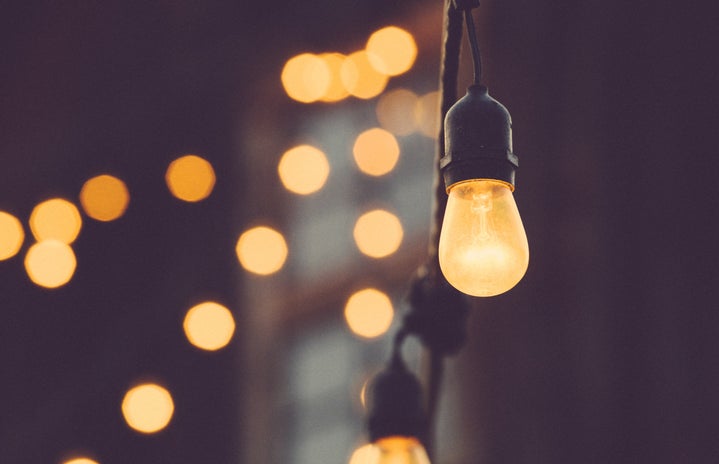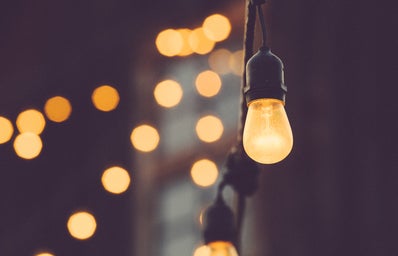Tourism is a huge industry in Sevilla so I was very lucky when my roommate Libby befriended a tour guide. He was willing to take us on a walking tour of the city and show us famous buildings and share some of the history of the city.
Unfortunately, it was on the coldest day yet in Sevilla. It was in the low 40s and windy—the equivalent of the Arctic tundra for the sevillanos who are used to the fact that Sevilla is the hottest city in Europe. The residents were scattered and hiding inside but we nonetheless set out to see some major landmarks.
Spain is a country that has been inhabited by nearly every major ethnic group that ever made its way through Europe. This is perhaps most evident in the Giralda, the bell tower that stands in the center of the city next to the cathedral. At its base are stones set in place by the ancient Romans. The tower itself was built by the Islamic Almohades in the 12th century and later converted into a Catholic bell tower in the 1400s after the Reconquista.
Sorry, enough of the history lesson.
We also got a look at one of the oldest hospitals in Spain, which was built by a rich man who believed he was damned to hell for promiscuous behavior unless he did something nice for the public. We also got a peek at ancient shipyards. They are hidden inside a building right outside this city walls and not open to the public. But the perks of having a personal tour guide—he knew right where to find them. We saw the Torre del Oro, an old watchtower, a few museums, and then were off to La Plaza de España.
La Plaza de España is a baby by Spanish standards. It was only built in the 1929 for the Ibero-American Exposition. Designed with “regional” architecture because there is nothing else in the world like it, it has been the set of several movies including Lawrence of Arabia and Star Wars. The building has wings that stretch out, as the nickname for the building is “the hug of the West.” The wings are decorated with tiled alcoves that represent each province of Spain. It is one of few plazas with a building that is actually a functioning government building. It holds the office of immigration so if I overstay my visa that’s where I am taken to be kicked out. At least my last view would be a beautiful one.
We also saw the Universidad de Sevilla that used to be an old tobacco factory. I must just be used to driving through Baltimore because never in my life have I seen a factory that beautiful and ornate. It seems that every bit of architecture here has something intricate to it—nothing is a concrete and steel modern slab.
Most intricate would definitely be the cathedral, formally named the La Catedral de Santa María de la Sede de Sevilla. My roommate and I attended mass on Sunday there and could hardly find the right altar once we were inside. There are countless alcoves with sculptures made of gold and marble and different areas where they say mass.
I’ve also majorly indulged in informal forms of tourism here. There are countless restaurants. On certain blocks, every building is a restaurant. I’m no cook and many places here are so delicious that it’s hard to pass up eating out. Shopping here has sucked me in and so have the “sales” that last until mid-February (can’t pass that up, right?). There are also so many cute candy shops and places to get ice cream or churros (which the latter I don’t particularly like—thank God).
Hanging out by the river is also something everyone has to see—and do. The banks are packed with young people basically partying all hours of the day. We’ve taken a few picnics down there and it’s simply awesome. You can sit for hours and just people watch or tan when it gets warmer.
I still have yet to see the interior of the Giralda or Alcazar, the two most recommended places for tourists! I pass both on my way to class everyday. Some friends and I have plans to hit up the two next Sunday, but for the rest of the weekend we have a trip to Córdoba and Granada planned. More touring and history, I’m in love.
Rep image courtesy of Megan Mansell

